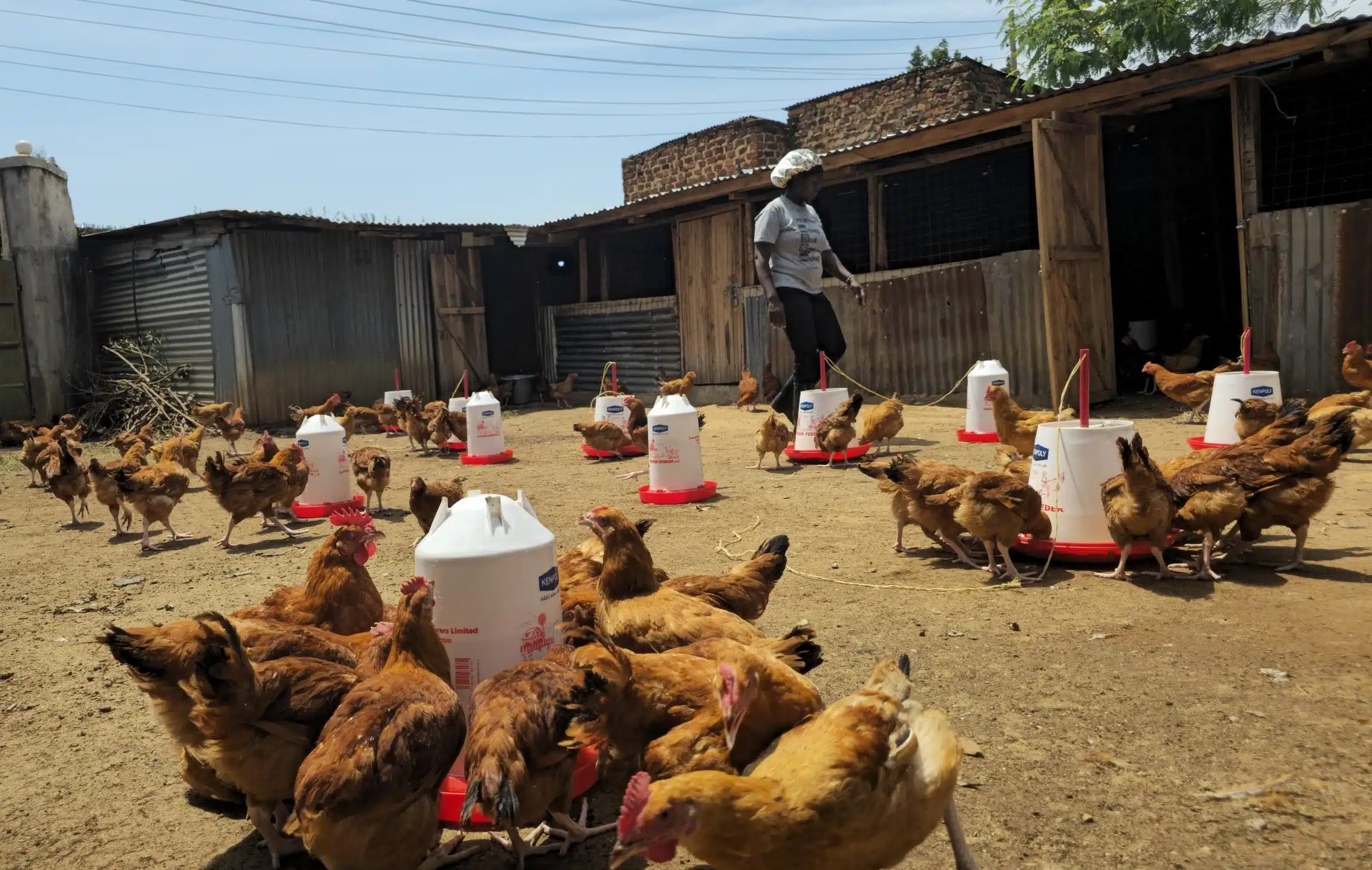Fish Farming Changing Lives in Western Kenya

In the past, fish farming was often overlooked by small-scale farmers in Kenya, especially those without access to large water bodies. But in counties across Western Kenya, a quiet revolution is unfolding. Fish farming, or aquaculture, is emerging as a high-potential agribusiness that is transforming rural livelihoods, creating jobs, and improving household nutrition.
Thanks to support from government programs, NGOs, and youth-led initiatives, more farmers are turning to pond farming of tilapia, catfish, and ornamental fish as a sustainable income source.
Why Fish Farming Is Gaining Popularity
Western Kenya is naturally suited to aquaculture due to its favorable temperatures, abundant water sources, and increasing local demand for fish. Rising awareness of the nutritional value of fish, combined with the declining supply from natural lakes, has created a strong market for farmed fish.
Counties like Kisumu, Siaya, Busia, and Kakamega have seen a sharp increase in the number of fish ponds, many of which are operated by youth and women groups.
Real-Life Impact: The Story of Lakeview Youth Group
The Lakeview Youth Group in Kisumu started with one fish pond and minimal resources. With training from the Aquaculture Business Development Programme (ABDP), the group constructed additional ponds, adopted proper feeding practices, and learned how to manage water quality and disease control.
In under two years, the group scaled their operation from subsistence to commercial fish production, harvesting up to 1,000 kilograms of tilapia every cycle. Today, they supply local markets, schools, and restaurants—and have inspired similar groups to take up aquaculture.
Key Benefits of Small-Scale Fish Farming
High Returns on Investment
Fish farming requires relatively low land use and, with proper management, offers quick returns. A well-managed pond can generate consistent revenue throughout the year.
Job Creation for Youth and Women
Aquaculture provides roles in feeding, harvesting, processing, marketing, and pond management. Youth groups are tapping into the full fish value chain, including hatcheries and fingerling supply.
Improved Food and Nutritional Security
With fish being a rich source of protein, omega-3 fatty acids, and essential nutrients, increased local production supports better diets and reduces reliance on imports.
Environmental Sustainability
Integrated fish farming—where fish are reared alongside crops or livestock—promotes circular economies and reduces waste. Ponds can also serve as water reservoirs for irrigation.
Challenges in Expanding Aquaculture
High Cost of Quality Feeds
Feed constitutes over 60% of production costs. Farmers need access to affordable, locally produced, high-protein feeds to scale sustainably.
Limited Technical Skills
Fish farming requires specific knowledge on pond design, stocking densities, water management, and harvesting. Regular training and extension support are essential.
Market Linkages and Cold Chain Gaps
Transporting fish to market without cold storage can lead to losses. Investments in cold rooms, ice production, and aggregation points are necessary.
Government and NGO Support
The Kenyan government, through the Blue Economy Initiative and ABDP, is promoting aquaculture through subsidies, pond construction, and training. NGOs like WorldFish and the Kenya Market Trust are also equipping farmers with business skills and connecting them to input suppliers and markets.
Conclusion: Fish Farming Is the Future for Many Kenyan Communities
Fish farming in Western Kenya is more than just a source of income—it’s a catalyst for youth empowerment, community development, and food security. With proper planning, technical support, and market access, aquaculture can turn unused land into a productive, sustainable business.
As success stories like Lakeview Youth Group continue to emerge, it’s clear that fish farming holds great promise for Kenya’s rural entrepreneurs. The future is bright—and it’s swimming in opportunity.
Primary Keyword: fish farming Kenya
Secondary Keywords: aquaculture success story, youth in aquaculture, sustainable fish business


